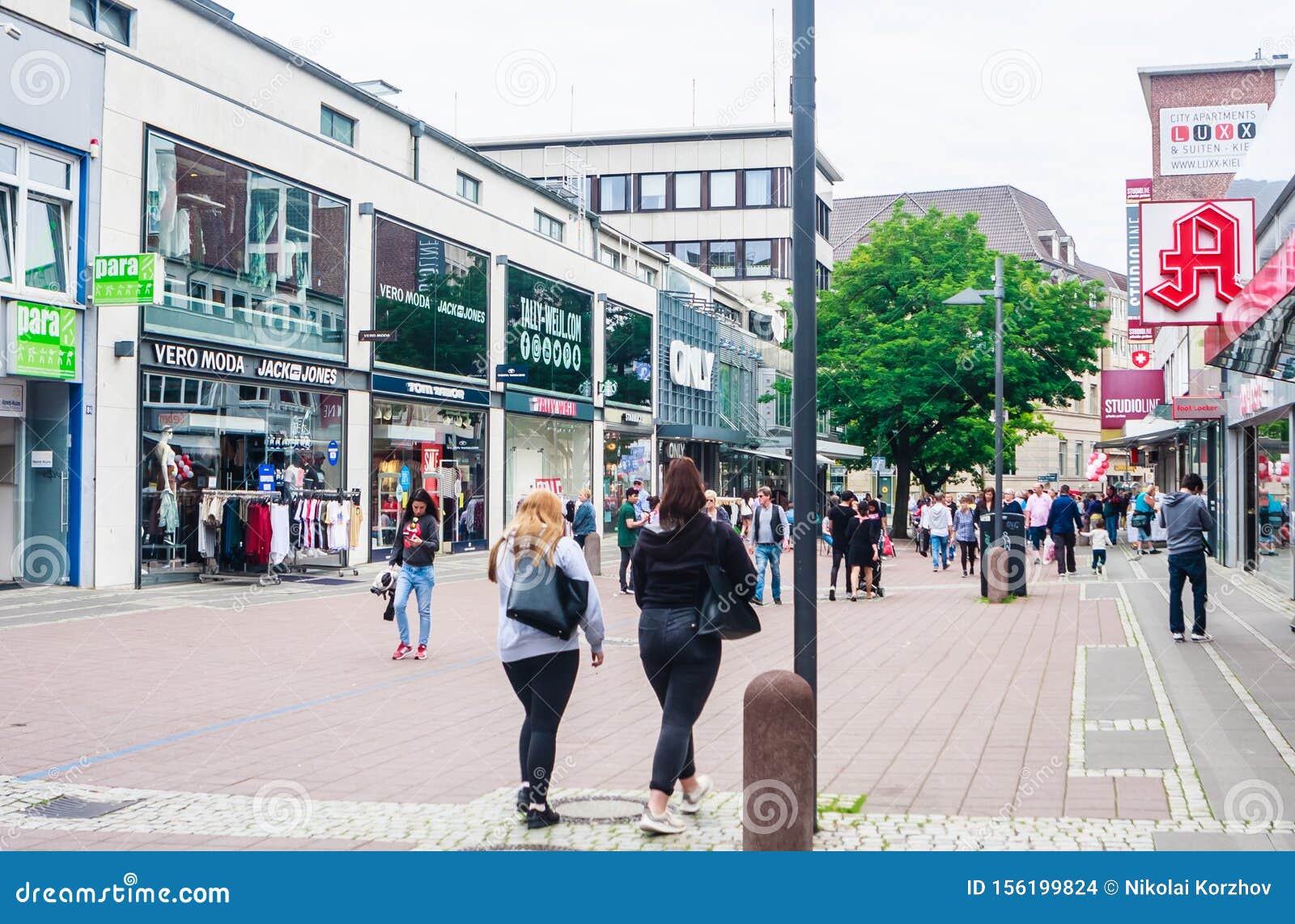
More than 120 years after it opened, the Kiel Canal is used by 31,000 ships and 15,000 recreational boats, cutting 460 kilometres from a journey around the Jutland Peninsula. The busiest man-made waterway in the world (busier than Suez or Panama) begins just a few kilometres north of the centre of Kiel at Holtenau. Source: nba-hannover Schleusenanlage Kiel-Holtenau The museum’s collections are much older, and were first gathered in the 1600s.Īn exhibit you won’t soon forget is in the main hall, where there are 13 whale skeletons and massive blue and sperm whales are suspended from the ceiling.Ī new exhibition titled “Ozean der Zukunft” (Ocean of the Future), reveals the latest findings on topics like rising ocean levels, fishing, acidification and ocean circulation patterns using interactive displays. The building for this museum was designed in the 1870s by one of the eminent architects of the day, Martin Gropius, great uncle of Bauhaus founder Walter Gropius. Source: wikipedia Zoological Museum Of Kiel University The church’s art was also safeguarded in the war: There’s a highly ornate wing altar carved in 1460, a triumphal cross from 1490 and oldest of all, a Hanseatic bronze baptismal font cast in 1344. The Nikolaikirche witnessed controversial sermons by the rabble-rousing Anabaptist Melchior Hoffman in 1528. The most dramatic were in the 1870s when it was updated in a Gothic Revival style, and again after the war when modern materials like reinforced concrete were used in the reconstruction.īut although the appearance has changed, there’s still a lot of history to uncover. In its time it has come through a lot of changes. The city’s principal church has been at this location on Alter Markt since the 13th century. Source: Rüdiger Stehn / flickr Nikolaikirche One look at the tower and you’ll know where the idea came from, as it bears a striking resemblance to St Mark’s Campanile in Venice.Īt the time of writing this post the tower was closed for refurbishment, but ordinarily it welcomes visitors for tours of the Art Nouveau interiors and up to the observation platform at 67 metres.Ī neat feature inside is one of the world’s last paternosters, a slow-moving, open, two-passenger lift that is in constant motion. When this Art Nouveau edifice was constructed during the 1900s it was actually in the suburbs to the west of the Old Town.

The City Hall is an indelible part of Kiel’s skyline thanks to its 106-metre tower. Source: Arne List / flickr Kieler Rathaus Lined up are a fireboat, a lifeboat launched in 1944 and finally a buoy tender, the Bussard, from 1966. The museum has its own dock where a few historical vessels are moored.

There are logbooks, maps, model ships, navigation instruments and a cross-section of the Seehund midget submarine from the Second World War. One exhibition here charts the construction of the Kiel Canal, which was completed in 1895 and connected the North Sea with the Baltic. The interior has been whitewashed and in this airy space is an exhibition on Kiel’s fishing and seafaring history. Right on the water, the city’s Gothic Revival fish auction house was repurposed as a maritime museum in 1978. Source: Rüdiger Stehn / flickr Schifffahrtsmuseum Kiel On land there’s live music, an international market on Rathausplatz, and street performers and entertainment kids throughout the city centre and along the waterfront. More than 100 historic vessels dock in the city and many welcome visitors aboard. The are 2000 events packed into the week, including boat races for a host of categories setting off from the Schilksee harbour, where the sailing events for the 1972 Olympics were staged. Going back to 1882, Kiel Week is a Volksfest at its heart, and there’s no better time to soak up the city’s maritime atmosphere and get some amazing photographs.

The world’s biggest sailing event kicks off during the last week of June, bringing millions of visitors and some 4,000 ships to the city from across Germany and abroad. Let’s have a look at the best things to do in Kiel: 1. Museums and attractions in Kiel tend to have a seafaring theme, whether it’s a preserved U-Boat, lighthouse, monumental naval memorial or maritime museum. The city is also at the eastern lock of the busiest artificial waterway on the planet, the Kiel Canal, tying the North Sea to the Baltic.Īt Kiel Week in June thousands of competitors set sail for the city to compete in the largest regatta in the world, together with a big party that sweeps across the whole city. That is a huge natural harbour, just the spot for Germany’s Navy to dock its Baltic fleet. The capital of Schleswig-Holstein, Kiel is a maritime city in the 17-kilometre Kiel Fjord.


 0 kommentar(er)
0 kommentar(er)
